Define Our Future
26 May 2024
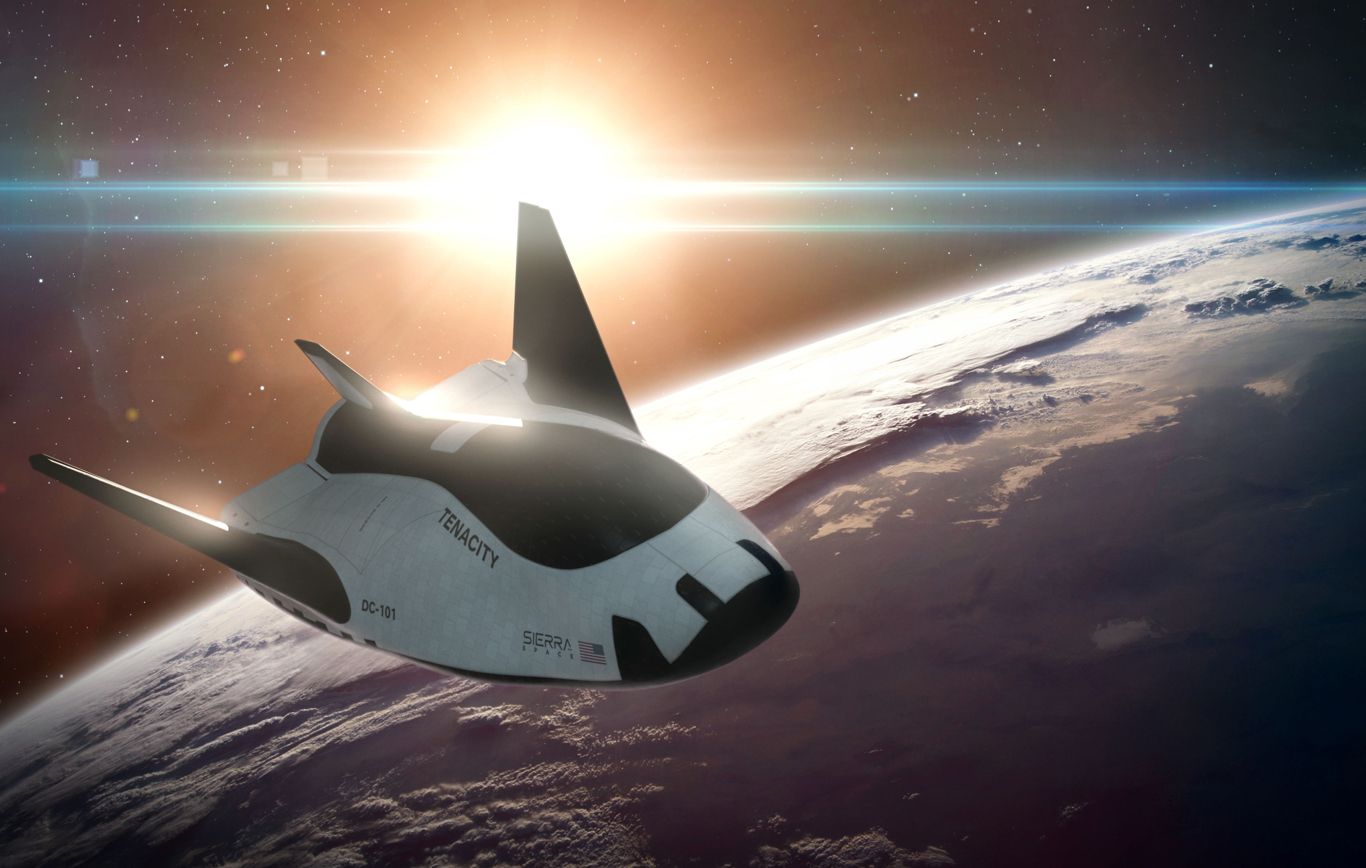
Tenacity is nearly ready to fly (Image: Sierra Space)
2024 was always set to be a key year for the space industry, notably for the successful launch and landing of the first commercial lunar mission from Intuitive Machines, the growth of rivalling satellite mega-constellations and the determination to establish new and improved global space governance mechanisms. In our annual report, we also highlighted the importance of this year for the birth of new launch systems, both at commercial and agency level.
One vehicle of particular interest is Sierra Space’s Dream Chaser reusable spaceplane, harking back memories of NASA’s Space Shuttle. The spacecraft, named Tenacity, has now arrived at NASA’s Kennedy Space Center, readying for its first uncrewed cargo supply mission to the International Space Station. Dream Chaser will offer more competition for commercial cargo supply missions to low Earth orbit under NASA’s “commercial resupply services” program, and Sierra are also aiming to develop the vehicle for crewed launches in future.
Sierra are due to launch Dream Chaser for the first time in June, in the same month as the fourth Starship test flight and the first crewed Starliner flight from Boeing.
The advent of commercial spaceflight has transformed the space industry, increasing access to space and reducing costs. With new vehicles coming on the market we are seeing growing competition, driving efficiency and the possibility of driving down costs further.
China to expand commercial spaceports, Dominican Republic study feasibility of own launch site
China is also host to a burgeoning commercial launch sector, with companies such as Galactic Energy, Landspace and i-Space developing reusable launch vehicles. Plans are also afoot to expand one of its new commercial launch sites, amid growing demand for planned 10,000+ strong mega-constellations, Guowang and Starlink G60. The commercial launch site in Hainan is expanding with two new launch pads to be completed by the end of May, and a recent interview suggests that it could become home to ten launchpads in future.
China aren’t alone in expanding their commercial base, with launch sites being developed throughout the world, in places such as Europe, Australia and Canada.
The Dominican Republic is also looking to enter this field, this past week announcing plans to setup a study to assess the feasibility of building a launch site near the equator. The study will be carried out in cooperation with Florida-based Launch on Demand and is due to last six months. According to Launch on Demand’s CEO, “…the Dominican Republic views access to space from its sovereign territory as a national security imperative”, reflecting the overall increased global interest in the space industry and commercial space development.
Establishing the launch site would also provide more independent access to space and a diverse set of launch options, especially important in an industry, which despite its rapid development, is still reliant on a few actors such as SpaceX. Technology politicisation and over-reliance on a single supply chain have also been cited as reasons for developing non-dependant space launch technology.
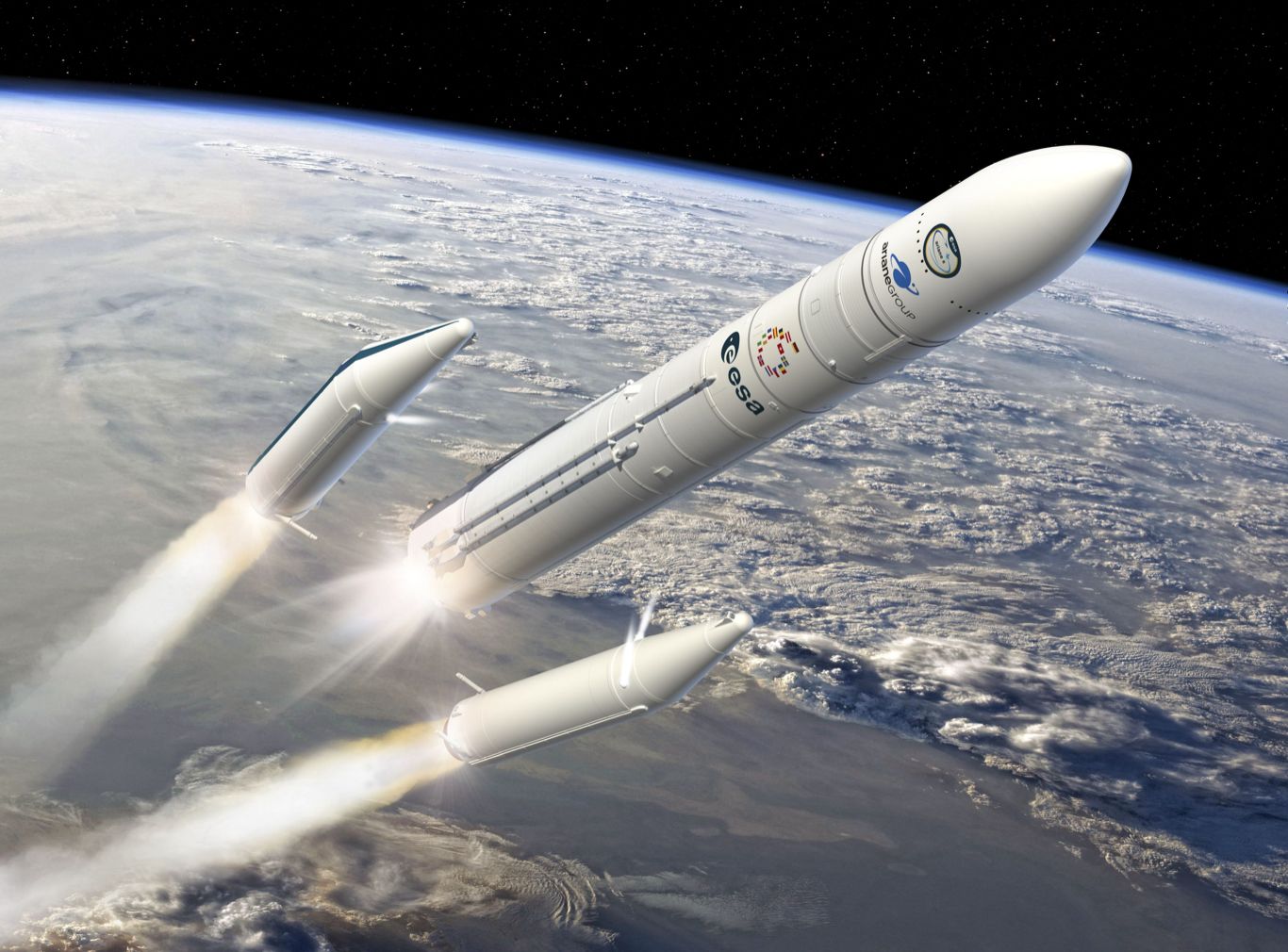
Ariane-6 due to launch in July (Image: ESA - D. Ducros)
Europe steps closer towards establishing non-dependant space transportation
Europe and the European Space Agency have made no secret of their desire to rebuild and maintain an independent access to space. Last year saw the launch of their final Araine-5 rocket, and the last of its sovereign space transportation system. The agency has since had to rely on SpaceX for launches.
However, this is set to change. Their long-delayed Ariane-6 is now due to launch in July, according to ArianeGroup (France), with a wet dress rehearsal due to take place on June 18th. A successful launch would help alleviate Europe of its launcher crisis, but will still remain far behind the US and China in terms of launch numbers. China’s budding commercial launch sector is adding to its already highly successful Long March rocket series, while in the US SpaceX look set to break more launch and reusability records in 2024.
However, European nations are also witnessing the birth of their own private spacelaunch revolution. This week the first five contracts were signed with European companies under the Flight Ticket Initiative, organised between the ESA and the European Commission. This will be used in order to assist companies in demonstrating and testing new satellite technologies in orbit, while providing co-funding opportunities for European companies. Those selected are Arianespace, Isar Aerospace (Germany), PLD Space (Spain), Orbex (UK) and Rocket Factory Augsburg (Germany).
ESA are also looking to develop independant cargo transportation in low Earth orbit (LEO), designed to carry cargo to and from the ISS and future commercial space stations. Contracts were this week awarded to Thales Alenia (France/Italy) and The Exploration Company (Germany). Thales Alenia is developing a vehicle they say will be compatible with ISS and commercial stations, and will also be used for the future Lunar Gateway station. The Exploration Company are working on Nyx, an orbital vehicle designed to carry cargo and eventually humans into space, and are due to carry out their first demonstration with the first Ariane-6 flight.
Interestingly, The Exploration Company are also working on a lunar version of Nyx, hopefully providing Europe with their own access to commercial lunar transport services.
As space becomes more contentious, and nations strive to take their share of these economic opportunities, it’s easy to see why non-dependant access to space is becoming a key priority. Technology independence not only provides nations with more flexible and diverse options, but also ensures continued and seamless spacelaunch services, rather than reliance on outside partners. This will prove to become particular important as we witness growing geopolitical strife on both Earth and in space, and the void of comprehensive international laws for the new space age.
Additionally, as seen with the study taking place in the Dominican Republic, independant access to space may now be seen globally as a “national security imperative”.
Define Our Future
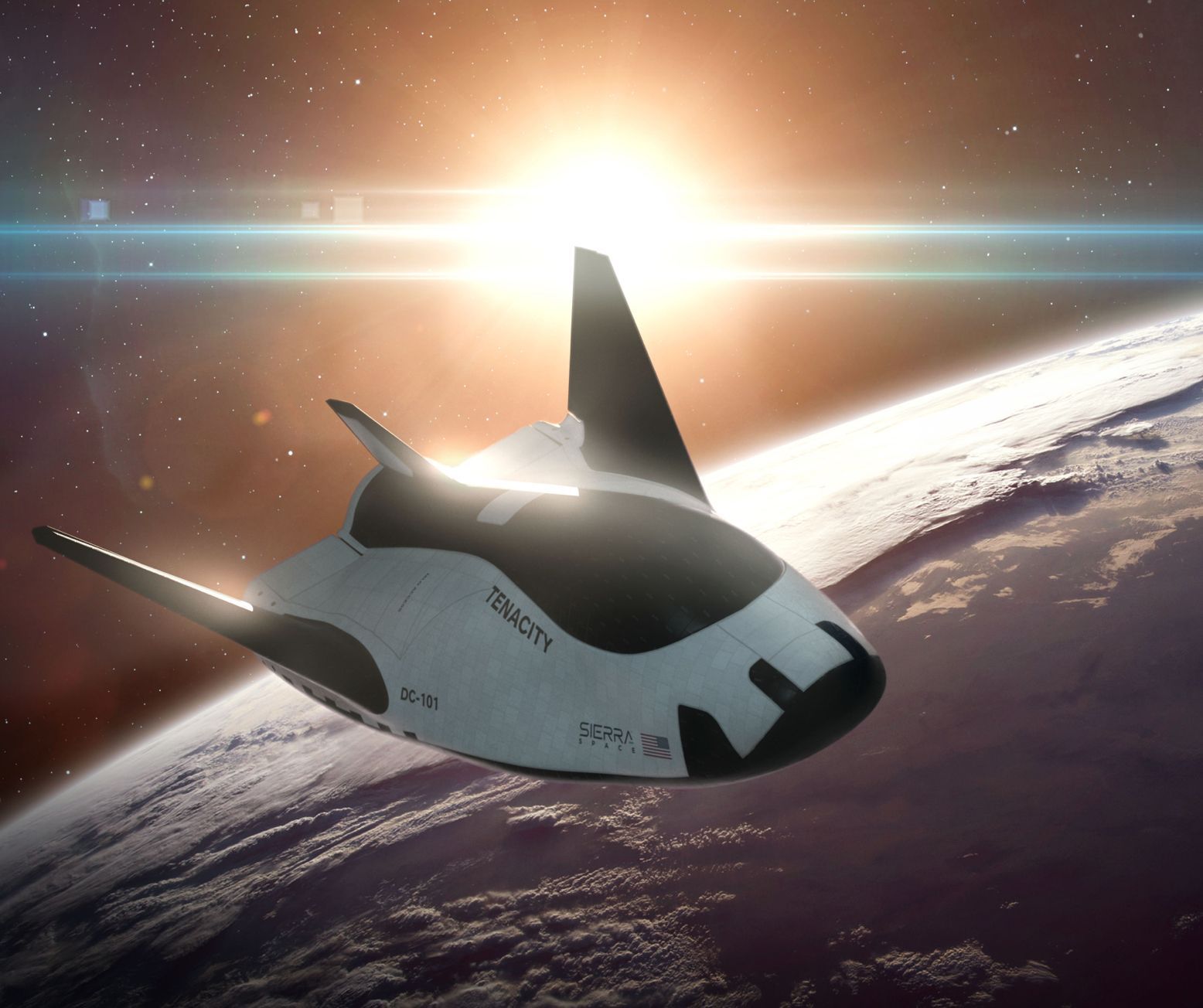
(Image: SpaceX)
26 May 2024
UN Lisbon Declaration Adds To Global Conversation On Outer Space Governance, while Japan, India and US Detail Lunar Missions - Space News Roundup

2024 was always set to be a key year for the space industry, notably for the successful launch and landing of the first commercial lunar mission from Intuitive Machines, the growth of rivalling satellite mega-constellations and the determination to establish new and improved global space governance mechanisms. In our annual report, we also highlighted the importance of this year for the birth of new launch systems, both at commercial and agency level.
One vehicle of particular interest is Sierra Space’s Dream Chaser reusable spaceplane, harking back memories of NASA’s Space Shuttle. The spacecraft, named Tenacity, has now arrived at NASA’s Kennedy Space Center, readying for its first uncrewed cargo supply mission to the International Space Station. Dream Chaser will offer more competition for commercial cargo supply missions to low Earth orbit under NASA’s “commercial resupply services” program, and Sierra are also aiming to develop the vehicle for crewed launches in future.
Sierra are due to launch Dream Chaser for the first time in June, in the same month as the fourth Starship test flight and the first crewed Starliner flight from Boeing.
The advent of commercial spaceflight has transformed the space industry, increasing access to space and reducing costs. With new vehicles coming on the market we are seeing growing competition, driving efficiency and the possibility of driving down costs further.
China to expand commercial spaceports, Dominican Republic study feasibility of own launch site
China is also host to a burgeoning commercial launch sector, with companies such as Galactic Energy, Landspace and i-Space developing reusable launch vehicles. Plans are also afoot to expand one of its new commercial launch sites, amid growing demand for planned 10,000+ strong mega-constellations, Guowang and Starlink G60. The commercial launch site in Hainan is expanding with two new launch pads to be completed by the end of May, and a recent interview suggests that it could become home to ten launchpads in future.
China aren’t alone in expanding their commercial base, with launch sites being developed throughout the world, in places such as Europe, Australia and Canada.
The Dominican Republic is also looking to enter this field, this past week announcing plans to setup a study to assess the feasibility of building a launch site near the equator. The study will be carried out in cooperation with Florida-based Launch on Demand and is due to last six months. According to Launch on Demand’s CEO, “…the Dominican Republic views access to space from its sovereign territory as a national security imperative”, reflecting the overall increased global interest in the space industry and commercial space development.
Establishing the launch site would also provide more independent access to space and a diverse set of launch options, especially important in an industry, which despite its rapid development, is still reliant on a few actors such as SpaceX. Technology politicisation and over-reliance on a single supply chain have also been cited as reasons for developing non-dependant space launch technology.

Ariane-6 due to launch in July (Image: ESA - D. Ducros)
Europe steps closer towards establishing non-dependant space transportation
Europe and the European Space Agency have made no secret of their desire to rebuild and maintain an independent access to space. Last year saw the launch of their final Araine-5 rocket, and the last of its sovereign space transportation system. The agency has since had to rely on SpaceX for launches.
However, this is set to change. Their long-delayed Ariane-6 is now due to launch in July, according to ArianeGroup (France), with a wet dress rehearsal due to take place on June 18th. A successful launch would help alleviate Europe of its launcher crisis, but will still remain far behind the US and China in terms of launch numbers. China’s budding commercial launch sector is adding to its already highly successful Long March rocket series, while in the US SpaceX look set to break more launch and reusability records in 2024.
However, European nations are also witnessing the birth of their own private spacelaunch revolution. This week the first five contracts were signed with European companies under the Flight Ticket Initiative, organised between the ESA and the European Commission. This will be used in order to assist companies in demonstrating and testing new satellite technologies in orbit, while providing co-funding opportunities for European companies. Those selected are Arianespace, Isar Aerospace (Germany), PLD Space (Spain), Orbex (UK) and Rocket Factory Augsburg (Germany).
ESA are also looking to develop independant cargo transportation in low Earth orbit (LEO), designed to carry cargo to and from the ISS and future commercial space stations. Contracts were this week awarded to Thales Alenia (France/Italy) and The Exploration Company (Germany). Thales Alenia is developing a vehicle they say will be compatible with ISS and commercial stations, and will also be used for the future Lunar Gateway station. The Exploration Company are working on Nyx, an orbital vehicle designed to carry cargo and eventually humans into space, and are due to carry out their first demonstration with the first Ariane-6 flight.
Interestingly, The Exploration Company are also working on a lunar version of Nyx, hopefully providing Europe with their own access to commercial lunar transport services.
As space becomes more contentious, and nations strive to take their share of these economic opportunities, it’s easy to see why non-dependant access to space is becoming a key priority. Technology independence not only provides nations with more flexible and diverse options, but also ensures continued and seamless spacelaunch services, rather than reliance on outside partners. This will prove to become particular important as we witness growing geopolitical strife on both Earth and in space, and the void of comprehensive international laws for the new space age.
Additionally, as seen with the study taking place in the Dominican Republic, independant access to space may now be seen globally as a “national security imperative”.
Share this article
26 May 2024
US And China Expand Commercial Launch Options, ESA Announce First Ariane-6 Flight Amid Drive For Non-Dependant Launch Services - Space News Roundup

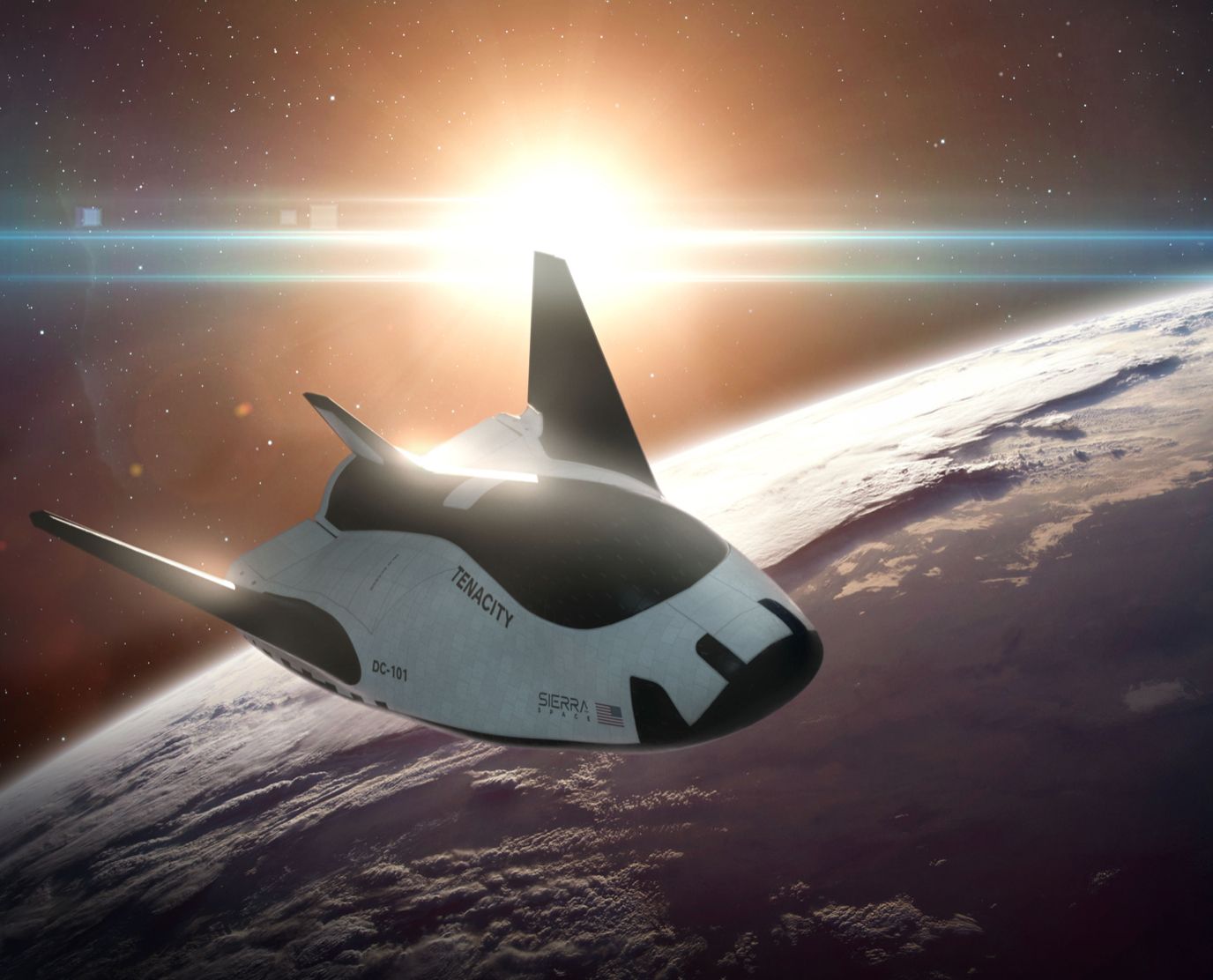
Tenacity is nearly ready to fly (Image: Sierra Space)
2024 was always set to be a key year for the space industry, notably for the successful launch and landing of the first commercial lunar mission from Intuitive Machines, the growth of rivalling satellite mega-constellations and the determination to establish new and improved global space governance mechanisms. In our annual report, we also highlighted the importance of this year for the birth of new launch systems, both at commercial and agency level.
One vehicle of particular interest is Sierra Space’s Dream Chaser reusable spaceplane, harking back memories of NASA’s Space Shuttle. The spacecraft, named Tenacity, has now arrived at NASA’s Kennedy Space Center, readying for its first uncrewed cargo supply mission to the International Space Station. Dream Chaser will offer more competition for commercial cargo supply missions to low Earth orbit under NASA’s “commercial resupply services” program, and Sierra are also aiming to develop the vehicle for crewed launches in future.
Sierra are due to launch Dream Chaser for the first time in June, in the same month as the fourth Starship test flight and the first crewed Starliner flight from Boeing.
The advent of commercial spaceflight has transformed the space industry, increasing access to space and reducing costs. With new vehicles coming on the market we are seeing growing competition, driving efficiency and the possibility of driving down costs further.
China to expand commercial spaceports, Dominican Republic study feasibility of own launch site
China is also host to a burgeoning commercial launch sector, with companies such as Galactic Energy, Landspace and i-Space developing reusable launch vehicles. Plans are also afoot to expand one of its new commercial launch sites, amid growing demand for planned 10,000+ strong mega-constellations, Guowang and Starlink G60. The commercial launch site in Hainan is expanding with two new launch pads to be completed by the end of May, and a recent interview suggests that it could become home to ten launchpads in future.
China aren’t alone in expanding their commercial base, with launch sites being developed throughout the world, in places such as Europe, Australia and Canada.
The Dominican Republic is also looking to enter this field, this past week announcing plans to setup a study to assess the feasibility of building a launch site near the equator. The study will be carried out in cooperation with Florida-based Launch on Demand and is due to last six months. According to Launch on Demand’s CEO, “…the Dominican Republic views access to space from its sovereign territory as a national security imperative”, reflecting the overall increased global interest in the space industry and commercial space development.
Establishing the launch site would also provide more independent access to space and a diverse set of launch options, especially important in an industry, which despite its rapid development, is still reliant on a few actors such as SpaceX. Technology politicisation and over-reliance on a single supply chain have also been cited as reasons for developing non-dependant space launch technology.
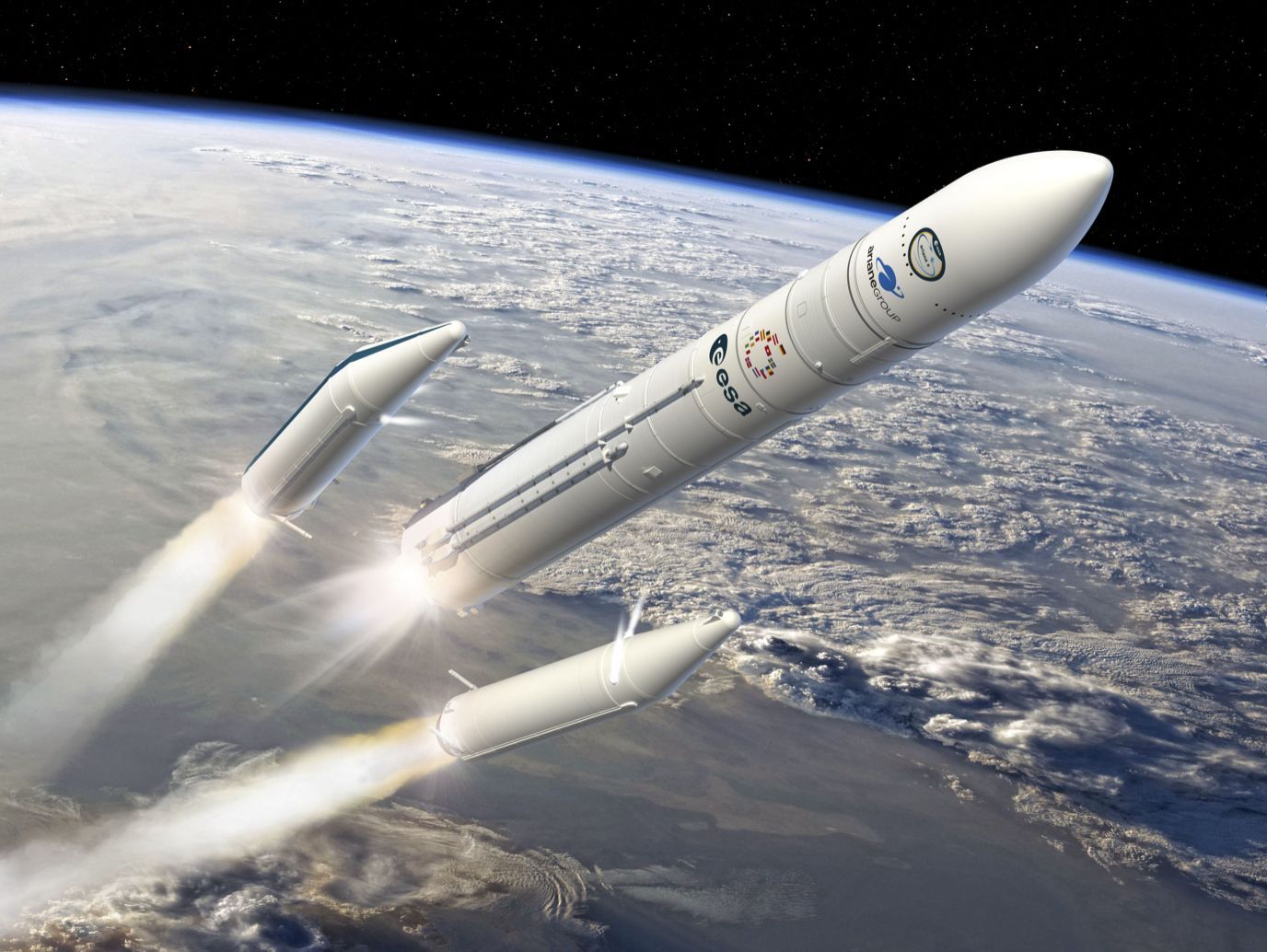
Ariane-6 due to launch in July (Image: ESA - D. Ducros)
Europe steps closer towards establishing non-dependant space transportation
Europe and the European Space Agency have made no secret of their desire to rebuild and maintain an independent access to space. Last year saw the launch of their final Araine-5 rocket, and the last of its sovereign space transportation system. The agency has since had to rely on SpaceX for launches.
However, this is set to change. Their long-delayed Ariane-6 is now due to launch in July, according to ArianeGroup (France), with a wet dress rehearsal due to take place on June 18th. A successful launch would help alleviate Europe of its launcher crisis, but will still remain far behind the US and China in terms of launch numbers. China’s budding commercial launch sector is adding to its already highly successful Long March rocket series, while in the US SpaceX look set to break more launch and reusability records in 2024.
However, European nations are also witnessing the birth of their own private spacelaunch revolution. This week the first five contracts were signed with European companies under the Flight Ticket Initiative, organised between the ESA and the European Commission. This will be used in order to assist companies in demonstrating and testing new satellite technologies in orbit, while providing co-funding opportunities for European companies. Those selected are Arianespace, Isar Aerospace (Germany), PLD Space (Spain), Orbex (UK) and Rocket Factory Augsburg (Germany).
ESA are also looking to develop independant cargo transportation in low Earth orbit (LEO), designed to carry cargo to and from the ISS and future commercial space stations. Contracts were this week awarded to Thales Alenia (France/Italy) and The Exploration Company (Germany). Thales Alenia is developing a vehicle they say will be compatible with ISS and commercial stations, and will also be used for the future Lunar Gateway station. The Exploration Company are working on Nyx, an orbital vehicle designed to carry cargo and eventually humans into space, and are due to carry out their first demonstration with the first Ariane-6 flight.
Interestingly, The Exploration Company are also working on a lunar version of Nyx, hopefully providing Europe with their own access to commercial lunar transport services.
As space becomes more contentious, and nations strive to take their share of these economic opportunities, it’s easy to see why non-dependant access to space is becoming a key priority. Technology independence not only provides nations with more flexible and diverse options, but also ensures continued and seamless spacelaunch services, rather than reliance on outside partners. This will prove to become particular important as we witness growing geopolitical strife on both Earth and in space, and the void of comprehensive international laws for the new space age.
Additionally, as seen with the study taking place in the Dominican Republic, independant access to space may now be seen globally as a “national security imperative”.
Share this article

